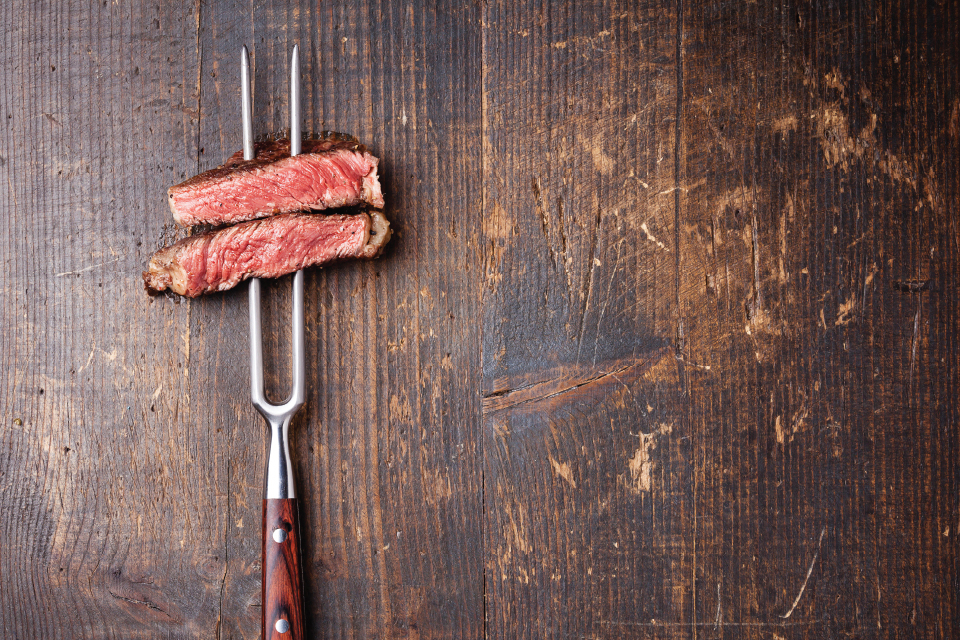Diet Definition: Paleo

We may act like incredibly evolved creatures in comparison to our Paleolithic counterparts, but we are actually genetically identical. Evolutionary biologists and anthropologists suggest that our primitive ancestors were incredibly fit, which sparked the modern-day philosophy that their good health was built on a foundation of a particular diet.
Primal/paleo principles are informed by evolution and offers a modern adaptation with a practical “template” that allows modern-day humans to mimic the way homo sapiens ate thousands of years ago. According to Paleo f(x), the world’s largest paleo event (hosted right here in Austin, Texas) says, “The evolutionary perspective implies that our bodies and minds were built not only to survive, but to thrive, under conditions similar to those in which we evolved. [The paleo diet] allows our bodies to function in the manner in which they evolved: toward burning fat and building muscle.”
In recent years, the paleo movement has exploded in popularity and acquired something of a cult following. For many proponents, the diet has been life-changing, but that’s not to say it’s meant for everyone. Even within the paleo community, there are a variety of adjustments made to fit the individual. For example, there are paleo purists, who are strict with the do’s and don’t’s; there are 80/20 abiders, who strive to keep 80 percent of their diet in compliance; and there are also people who consider certain dairy products acceptable. Like any other diet, approach the paleo style with the intention of listening to your body and staying in tune with how and what it responds to.
7 Sacraments of the Paleo Diet
1. Eat whole foods sourced from the land
Meat and eggs are staples in the paleo diet. Include everything from beef and poultry to seafood and shellfish to organ meats. Fruits and vegetables are also a large part of this diet—all sustainably sourced, of course.
2. Eliminate grains & legumes
It’s been argued that our Paleolithic ancestors did not have access to grains and were too problematic to consume at the time. With the rising numbers of gluten intolerances, allergies, and sensitivities, many people are cutting most grains out of their diets anyway. Legumes are left out of the paleo diet simply because they are high in carbohydrates.
3. Minimize sugar
Keeping sugar to a minimum is not a new notion. Natural sweeteners like coconut sugar, honey, specific types of maple syrup, and fruit/fruit juice are acceptable choices.
4. Keep carbohydrates at a low to moderate level
Our bodies are wired to take excess amounts of carbohydrates and store them as fat to be sourced as fuel for activity. When these excess amount of carbohydrates are not utilized, the fat remains stored the body.
5. Know your good fats vs. bad fats
Good fats like avocados, salmon, nuts, and olive oil fall in line with what our primal ancestors ate. Although these good fats provide essential vitamins, they should be consumed in moderation.
6. Consider the quality
Locally-sourced, sustainably grown, grass-fed, pastured, free-range, and in-season are all labels to look out for when grocery shopping. Many paleo purveyors shop at farmer’s markets to be sure they are getting the best quality food.
7. Decide on dairy
If you do choose to include small amounts of dairy in your diet, stick with grass-fed products. Usually dairy-eaters include heavy cream, butter, and cheeses in the paleo diet.






